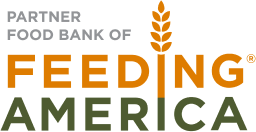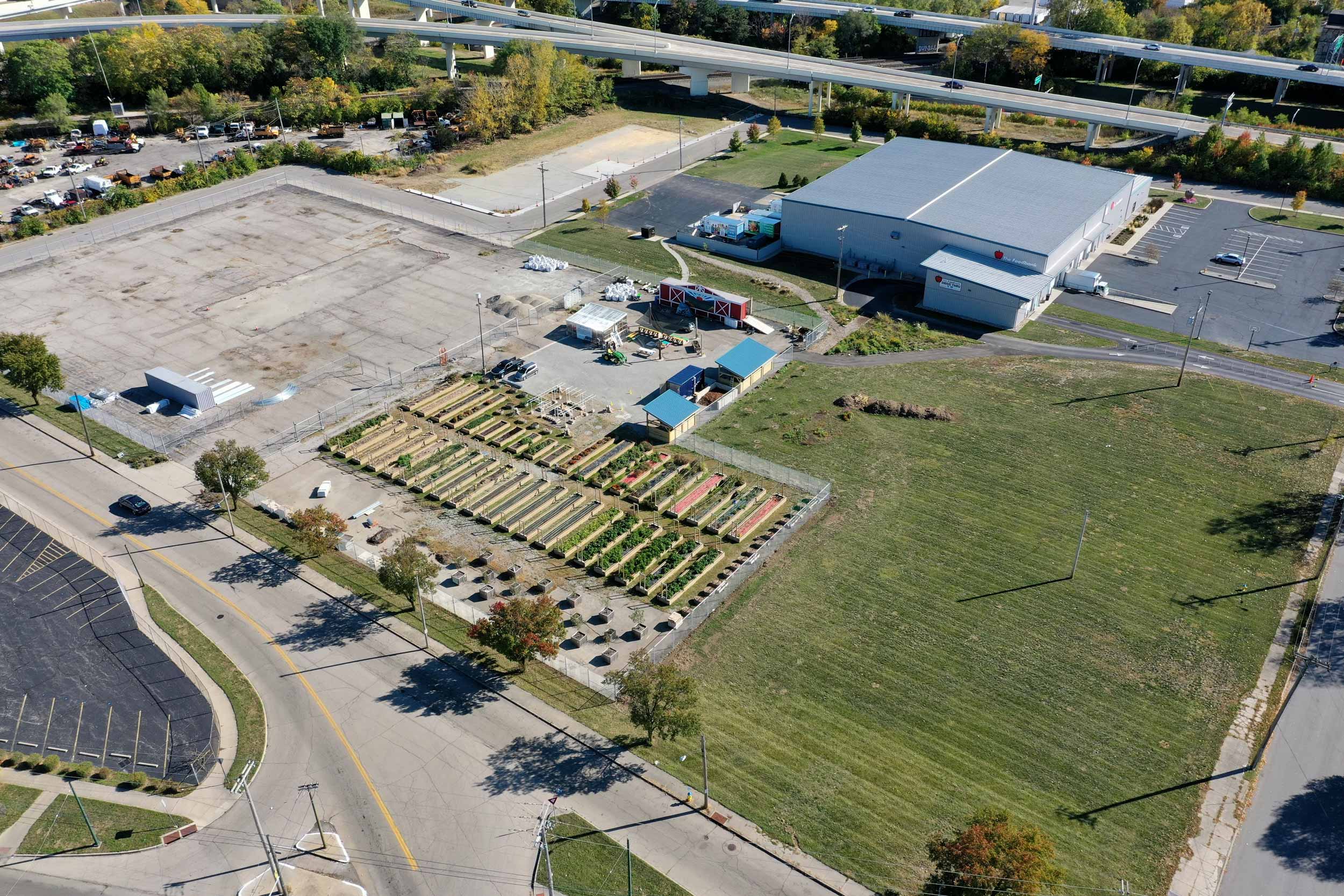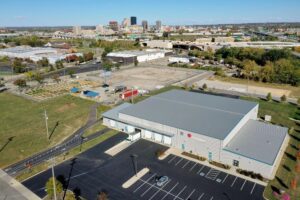Study shows children in Miami Valley more likely
to face hunger than overall population across America
Child food insecurity rates in The Foodbank Inc’s service area
are higher than overall food insecurity rates
(May 1, 2019 Dayton, OH) – The Foodbank, Inc. announced the release of Map the Meal Gap 2019, the latest report by Feeding America® on food insecurity and the cost of food at both the county and congressional district level. It is the only study that provides food insecurity data at the local level.
Map the Meal Gap 2019 reveals that food insecurity exists in every county in The Foodbank’s service area. It also shows that children are more likely to be food insecure, with the child food insecurity rate at 20.7% compared to 15.8% for the overall population for the Miami Valley.
“There isn’t a single state or county in America free from child hunger, and it is within our collective power to change that and ensure that today’s children are tomorrow’s leaders,” said Claire Babineaux-Fontenot, Chief Executive Officer of Feeding America. “The Feeding America nationwide network of food banks is investing in our nation’s future by helping to provide over 146 million meals to children every year. Still, Map the Meal Gap highlights that more must be done. Together food banks, corporations, policymakers, donors, volunteers and advocates can solve hunger.”
“I encourage everyone to visit the website, www.map.feedingamerica.org to find out what hunger looks like in their community and get involved to be part of the solution,” Babineaux-Fontenot continued. “One way is to tell Congress to invest in kids during Child Nutrition Reauthorization legislation and increase access to food for kids during the summer. Your voice matters and we can make a difference.”
Overall food insecurity in the Miami Valley ranges from a low of 12% of the population in Preble County up to 17% in Montgomery County.
The analysis also finds that 39% of residents of the Miami Valley who are food insecure are likely ineligible for federal nutrition assistance under current program requirements. This means that many households must rely even more on charitable food assistance such as the The Foodbank.
“Hunger affects the lives of many people in the Miami Valley and Map the Meal Gap sheds light on just how many are struggling,” said Michelle L. Riley, Chief Executive Officer of The Foodbank. “In the land of plenty, there should be healthy food in abundance at every table in every home. Hunger and malnutrition are simply unacceptable. Food insecurity is an ethical issue that is solvable.”
The Foodbank is a member of Feeding America’s hunger-relief network comprised of 200 food banks and 60,000 food pantries and meal programs that together provides food assistance to more than 40 million people in the U.S. struggling with hunger. Locally, The Foodbank works with over 100 food pantries, soup kitchens, and emergency shelters in Montgomery, Greene, and Preble counties. Last year, The Foodbank distributed 12.9 million pounds of food out through partners to those facing food insecurity.
Map the Meal Gap 2019 uses data from the U.S. Department of Agriculture, U.S. Census Bureau, U.S. Bureau of Labor Statistics and food price data and analysis provided by Nielsen, a global provider of information and insights. The study is supported by The Howard G. Buffett Foundation, Conagra Brands Foundation and Nielsen.
Key local findings:
- In Montgomery County, 90,600 (17%) of the population is food insecure. 21.6% of children in the county struggle with hunger.
- In Greene County, 21,170 (12.8%) of the population is food insecure. 18.3% of children in the county struggle with hunger.
- In Preble County, 4,950 (12.0%) of the population is food insecure. 18.8% of children in the county struggle with hunger.
The study’s findings underscore the extent of need that remains in communities in the Miami Valley and across the U.S., despite national measures from the USDA that indicate overall improvement.
Dr. Craig Gundersen, Professor of Agricultural and Consumer Economics at the University of Illinois, Executive Director of the National Soybean Research Laboratory and a member of Feeding America’s Technical Advisory Group is the lead researcher of Map the Meal Gap 2019.
This is the ninth consecutive year that Feeding America has conducted the Map the Meal Gap study.
The Map the Meal Gap 2019 interactive map allows policymakers, state agencies, corporate partners, food banks and advocates to develop integrated strategies to fight hunger on a community level.
A summary of the findings, an interactive map of the United States, and the full report are available at map.feedingamerica.org.
Join the conversation about Map the Meal Gap 2019 on Twitter using #MealGap.





No comment yet, add your voice below!